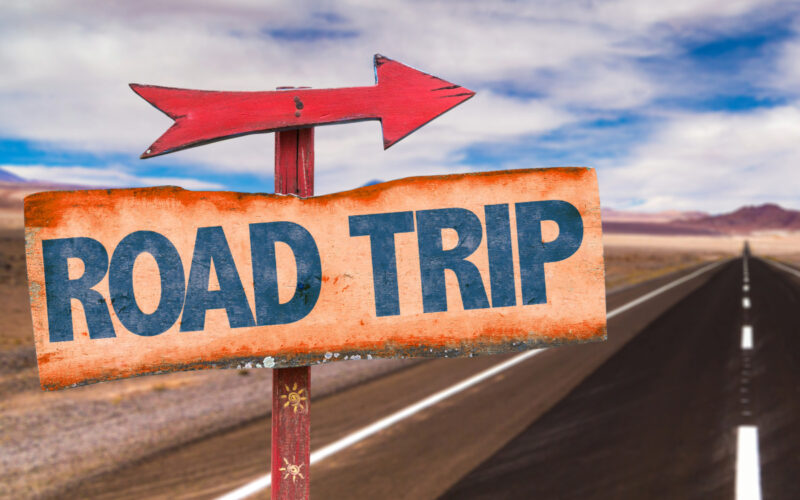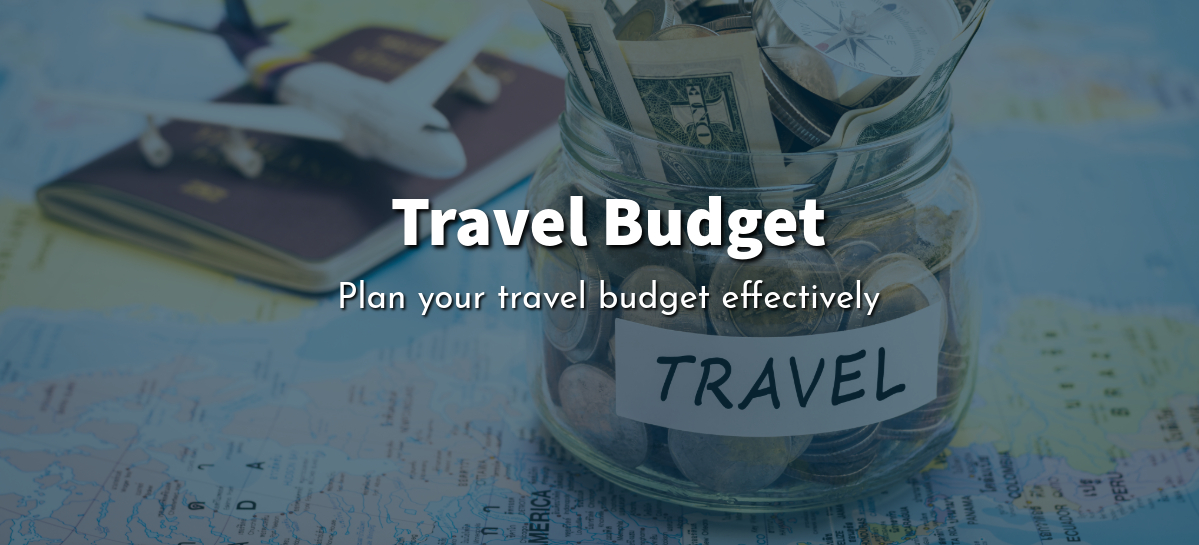how to plan a road trip in the u.s.

Planning a road trip in the U.S. can be exciting and rewarding, offering the opportunity to explore diverse landscapes, cities, and attractions.
A Comprehensive guide to plan your road trip
1. Choose Your Route:
- Research and decide on the route you want to take. Consider factors like scenic drives, landmarks you want to visit, and cities or states you want to explore.
- Use road trip planning tools or apps to map out your route, including the distance between stops and estimated driving times.
2. Determine Duration and Timing:
- Decide on the duration of your road trip based on available vacation time and the places you want to visit.
- Consider the best time of year for your trip, taking into account weather conditions, peak tourist seasons, and any special events or festivals along your route.
3. Plan Your Stops and Activities:
- Research attractions, national parks, historical sites, and scenic viewpoints along your route. Create a list of must-see stops and activities.
- Allow flexibility in your itinerary for spontaneous detours or extended stays at places you find interesting.
4. Budgeting and Expenses:
- Estimate your overall travel budget, including fuel costs, accommodation, food, entrance fees to attractions, and any other expenses.
- Plan a daily budget to manage your spending on the road. Consider using apps to track expenses and stay within your budget.
5. Vehicle Preparation:
- Ensure your vehicle is in good condition for a long road trip. Schedule a maintenance check-up, including oil change, tire inspection, and any necessary repairs.
- Pack essential items such as a spare tire, jumper cables, flashlight, basic toolkit, and emergency supplies.
6. Accommodation Options:
- Research and book accommodation in advance, especially during peak travel seasons. Options include hotels, motels, campgrounds, and vacation rentals.
- Consider alternative lodging options like Airbnb or camping to add variety and potentially save on costs.
7. Packing Essentials:
- Create a packing list based on the activities and weather conditions you expect during your trip. Essentials may include clothing layers, comfortable shoes, toiletries, sunscreen, and camera gear.
- Pack snacks, water, and a cooler for keeping drinks and perishable items cold.
8. Safety and Navigation:
- Ensure you have a reliable GPS or navigation app to guide you along your route. Download offline maps in case of limited cell service.
- Familiarize yourself with traffic laws and regulations in different states you’ll be traveling through.
- Carry important documents such as your driver’s license, vehicle registration, insurance information, and any necessary permits.
9. Health and Well-being:
- Plan for rest breaks during long drives to avoid fatigue. Schedule overnight stops as needed to rest and recharge.
- Stay hydrated, eat balanced meals, and prioritize sleep to maintain energy levels throughout your trip.
10. Enjoy the Journey:
- Embrace the spontaneity of a road trip and be open to new experiences along the way.
- Take plenty of photos, journal your experiences, and create lasting memories from your adventure.
Explore Road Trip Apps that fit your requirements.








